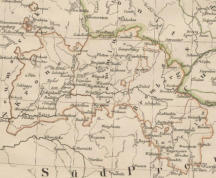
All Rights Reserved © KBZ 2021 - Last updated: 28 April 2023

About the Family‘s History
Economical
backbone
at
that
time
was
technical
highly
developed
clothmaking,
which
quickly
opened
up
markets
for
sales
in
whole
Poland and Russia.
In
1772
,
in
particular
the
‚Netze
Distrikt‘,
anyhow
a
not
very
fertile
landscape
covered
with
reed
and
thicket,
due
to
numerous
warlike
conflicts,
natural
desasters,
deseases
and
mismanagement
was
in
a
miserable condition - destroyed, abandonned and poor.
Frederick
the
Great
(‚Friedrich
der
Große‘)
intensively
patronised
the
movement
of
german
settlers
(especially
farmers
and
craftsmen)
from
the
Palatinate
(‚Pfalz‘),
from
Swabia
(‚Schwaben‘),
Slesia
(‚Schlesien‘),
Thuringia
(‚Thüringen‘),
Mecklenburg
and
Saxonia
(‚Sachsen‘)
into
the
newly gained territory in order to help the country up again.
With
governmental
support
(in
form
of
excemption
from
taxes
at
the
time
of
commencement,
provision
of
cattle
and
seeding)
the
territory
was
re-populated
and
land,
until
then
useless
for
farming
was
turned
into
fertile
meadows
and
acres,
for
example
through
the
drainage
of
the
‚Netzebruch‘.
Main source of income was the bredding of cattle.
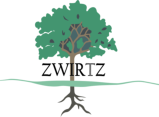
Excursus - The Economical Situation in Poland and in the Province of Posen until 1800


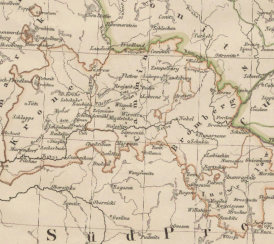











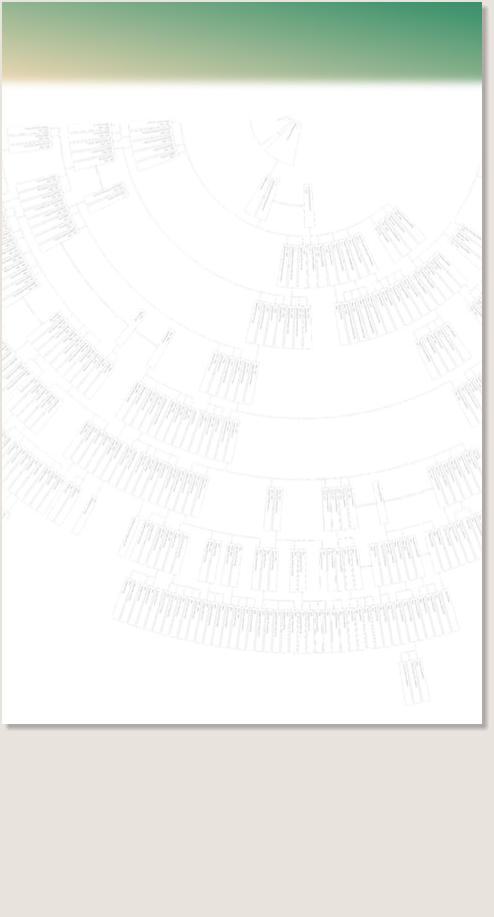


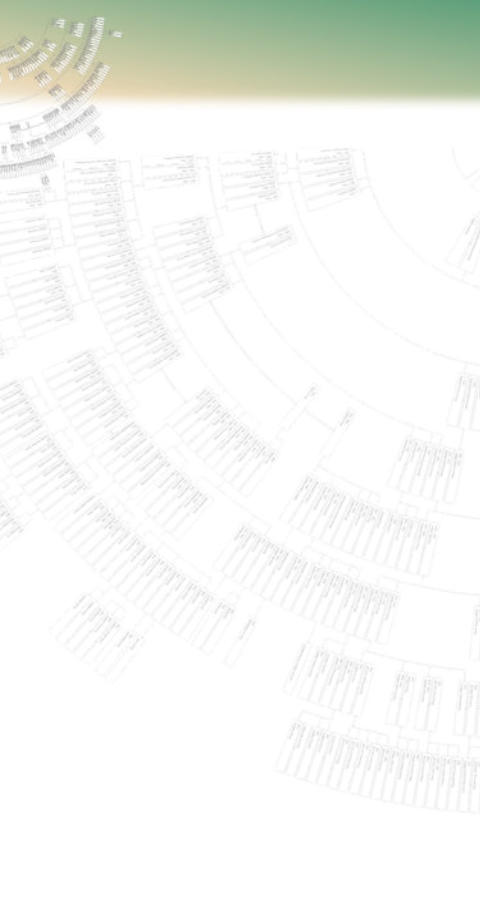

All Rights Reserved © KBZ 2021 - Last updated: 28 April 2023














Economical
backbone
at
that
time
was
technical
highly
developed
clothmaking,
which
quickly
opened
up
markets
for
sales
in
whole
Poland
and
Russia.
In
1772
,
in
particular
the
‚Netze
Distrikt‘,
anyhow
a
not
very
fertile
landscape
covered
with
reed
and
thicket,
due
to
numerous
warlike
conflicts,
natural
desasters,
deseases
and
mismanagement
was
in
a
miserable
condition - destroyed, abandonned and poor.
Frederick
the
Great
(‚Friedrich
der
Große‘)
intensively
patronised
the
movement
of
german
settlers
(especially
farmers
and
craftsmen)
from
the
Palatinate
(‚Pfalz‘),
from
Swabia
(‚Schwaben‘),
Slesia
(‚Schlesien‘),
Thuringia
(‚Thüringen‘),
Mecklenburg
and
Saxonia
(‚Sachsen‘)
into
the
newly gained territory in order to help the country up again.
With
governmental
support
(in
form
of
excemption
from
taxes
at
the
time
of
commencement,
provision
of
cattle
and
seeding)
the
territory
was
re-populated
and
land,
until
then
useless
for
farming
was
turned
into
fertile
meadows
and
acres,
for
example
through
the
drainage
of
the ‚Netzebruch‘.
Main source of income was the bredding of cattle.
About the Family‘s History
E x c u r s u s
The Economical Situation in Poland and the Province of Posen
until 1800

